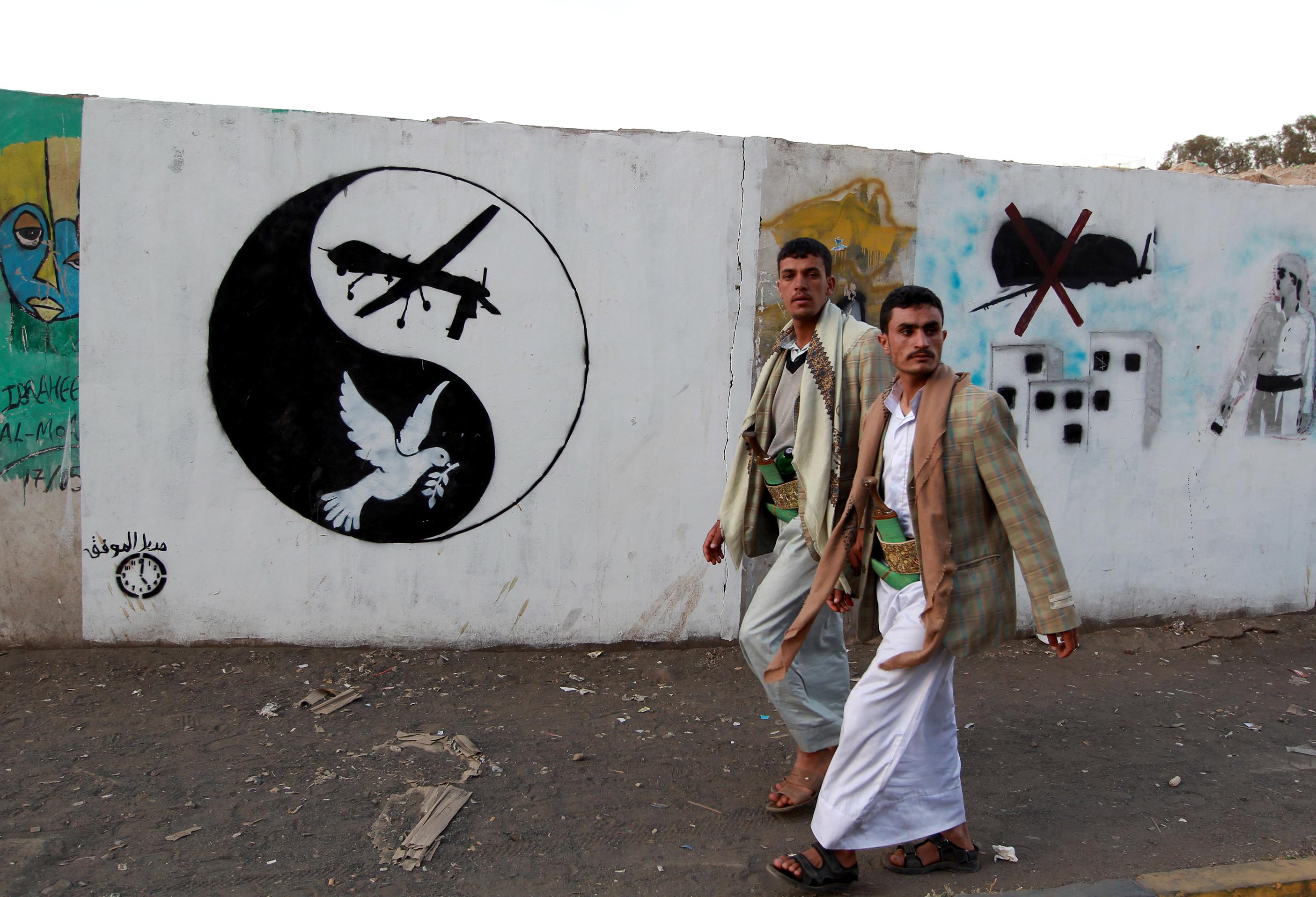Last month I noted that we’re in the midst of the longest pause in drone strikes in Pakistan since the beginning of Barack Obama’s presidency. The pause corresponds with the Pakistani government’s halting efforts to hold peace talks with the Taliban, but also reported discussions within the U.S. government about whether to kill a U.S. citizen accused of collaborating with al-Qaida in the country.
But while the pace of the U.S. drone war may be slowing in Pakistan, it seems to be picking up again in Yemen. Bill Roggio and Oren Adaki of the Long War Journal discuss:
The US has stepped up the targeting of AQAP’s network in Yemen over the past two weeks after a more than five-week-long pause that began at the end of January. Since March 3, the US has executed four drone strikes inside Yemen.
The most recent strike killed Moajab bin Aziz, an alleged local al-Qaida in the Arabian Peninsula commander, and his bodyguard.
The strikes have targeted AQAP operatives in the northern province of al-Jawf—the same province where the U.S.-born Anwar al-Awlaki was killed in 2011. In total there have been seven strikes this year.
Drone strikes in Yemen hit a high of 41 in 2011. Last December, 15 civilians were killed when a U.S. airstrike accidentally targeted a wedding party—an event that seemed to garner strangely little public interest in the U.S. compared with the killing of Awlaki.
While a number of Yemeni politicians have demanded an end to the strikes, the country’s President, Abd-Rabbu Mansour Hadi, supports them.
In any case, it’s becoming clear that just as attention is shifting from al-Qaida central to affiliated groups like AQAP, the center of the drone war has shifted away from Pakistan to places like Somalia, and especially Yemen.
